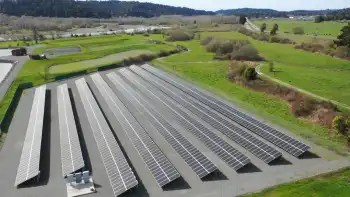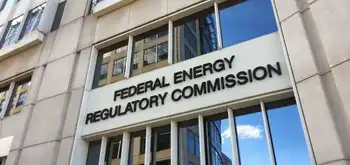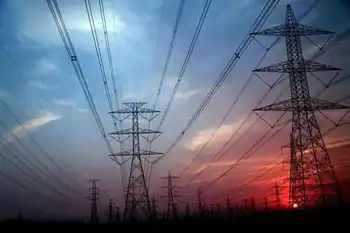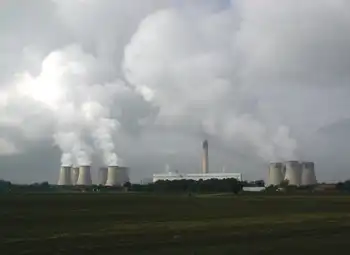Estonia willing to install untested nuclear reactor
By Industrial Info Resources
CSA Z463 Electrical Maintenance
Our customized live online or in‑person group training can be delivered to your staff at your location.

- Live Online
- 6 hours Instructor-led
- Group Training Available
The company is willing to invest in the International Reactor Innovative and Secure (IRIS) type of reactor that is being developed by an international consortium led by Westinghouse Electric Company LLC. Westinghouse expects to have the reactor ready for use by 2015.
Although the 335-megawatt (MW) IRIS model is small in comparison to standard nuclear reactors, the capacity suits the requirements of small countries such as Estonia. If the project progresses as planned, Estonia will be the first country to install an IRIS reactor.
Installation of an untested reactor is a risky venture and the costs involved could be quite high. Westinghouse has already clarified that it will not bear the complete risk of installing a new and untested type of reactor. Estonia is willing to shoulder the responsibility and proceed in terms of determining a suitable size and capacity of the reactor for its needs.
In a similar case, the Olkiluoto nuclear power plant being set up in Finland is the first customer of the European pressurized water reactor that was developed by Areva NP. The project cost has already surpassed the budget by more than $2.8 billion, and the project has been delayed by several years. In this case, the risk of installing a new reactor has been borne by Areva, but Westinghouse will not do so for Estonia.
The IRIS is a smaller-scale advanced light water reactor that will offer clients a simple nuclear power plant with excellent safety features, enhanced proliferation resistance characteristics and attractive costs. The reactor is designed with enhanced security features that are easier to implement and will have simplified design and operating techniques. The need for operator intervention in case of any incident would be minimal.
The reactor would require less than three years for installation and would not require much pre-built infrastructure. The reduction in waste would make the reactor safer for the operating personnel, maintenance operations and decommissioning activities.
The IRIS is a Pressurized Water Reactor (PWR) but smaller than most operating PWRs. The fuel used by an IRIS would be more enriched than that used by PWRs. This is expected to allow the reactors to run for longer periods without the need for refueling.
The innovative design of the IRIS employs an integrated system that has all the main circuit components within a single vessel. In the steam generators, the primary coolant is located in the exterior and the tubes are compressed. This eliminates the risk of tensile stress corrosion cracking. The primary coolant pumps are fully immersed and hence there is no possibility of seal leaks. The pressurizer has a higher volume-to-power ratio, giving it better control over pressure transients. The fuel assembly has been changed very little and can provide an extended cycle of up to 48 months.
Maintenance requirements would be reduced to once in four years, enabling four years of uninterrupted operation.
The IRIS is expected to serve as a bridge between the already existing generation-III reactors and the generation-IV reactors, which are currently being designed. The IRIS will offer an optimum solution to nations with small grids. Almost all energy markets and emerging nations will have to start planning for nuclear power plants, but so far, the small size of power grids have rendered the development of a nuclear plant technically unfeasible.
With lower costs and simpler design, the IRIS offers a viable solution to such nations.
In the absence of the technology offered by IRIS, such markets would have to select other systems that may not be able to offer similar security systems or reliability.











